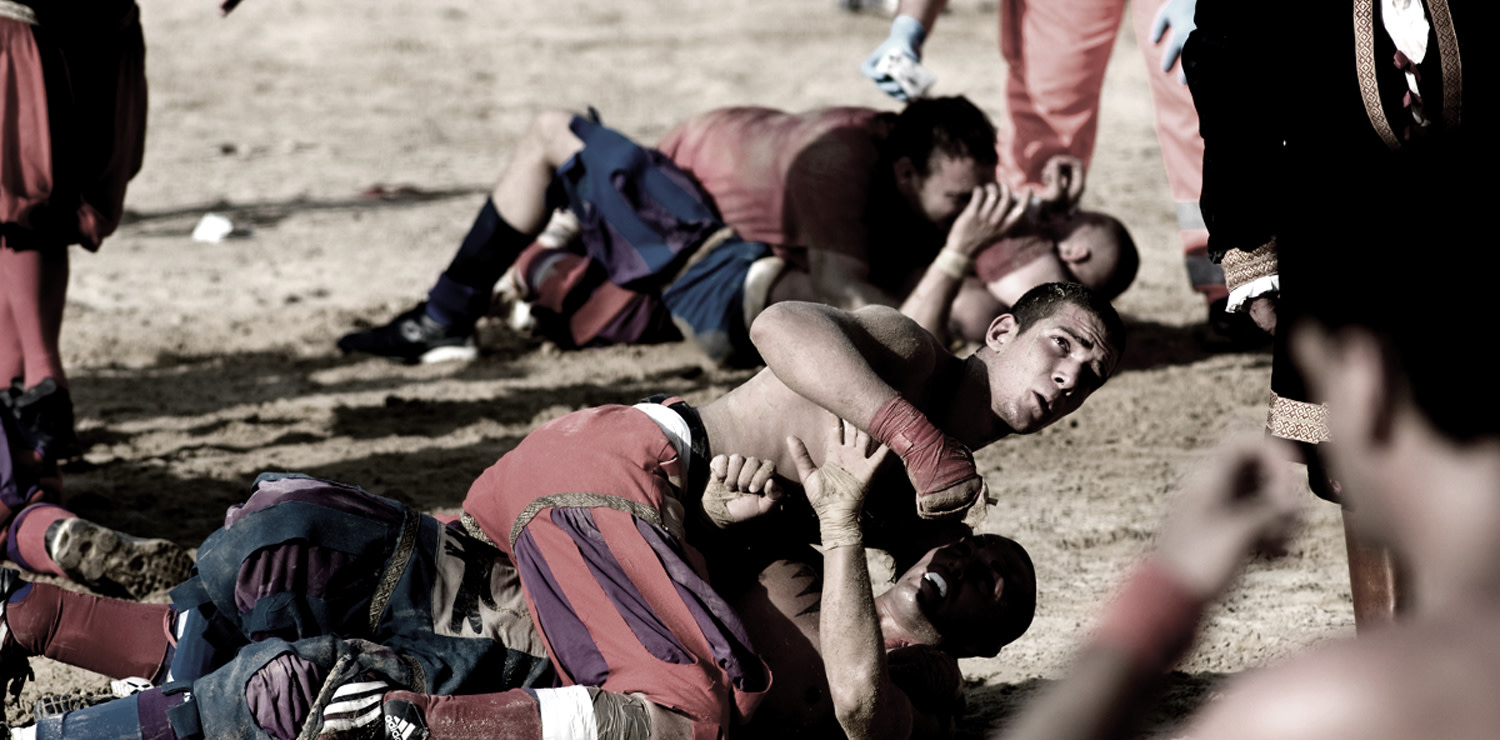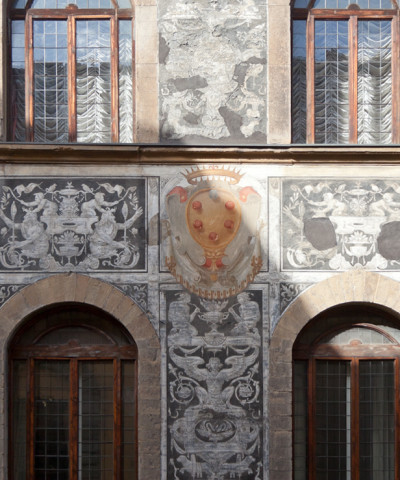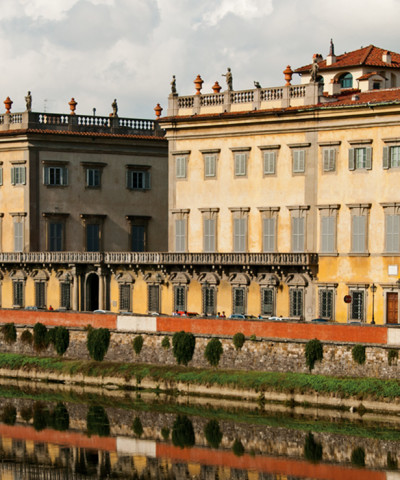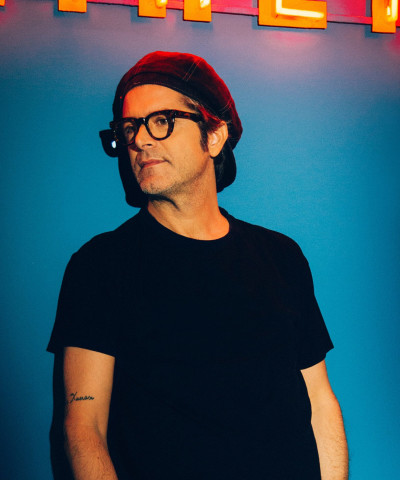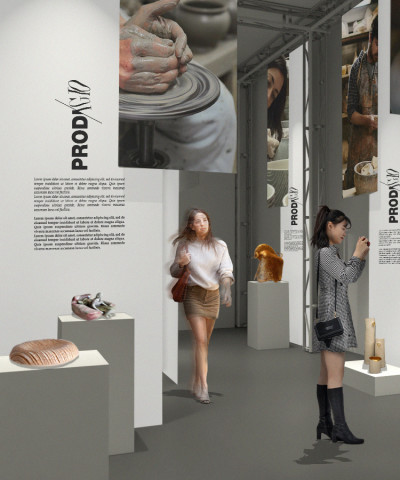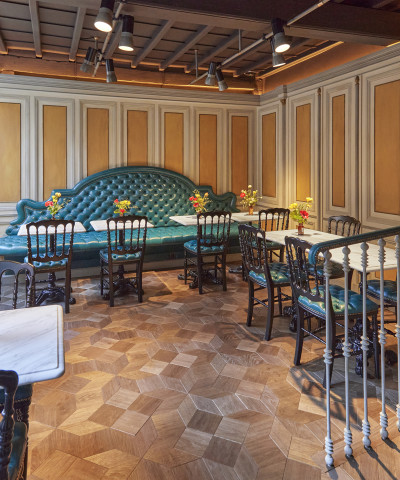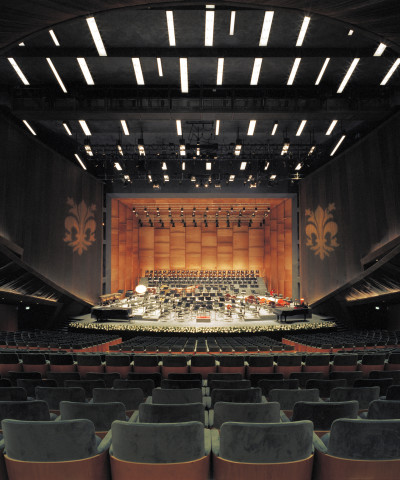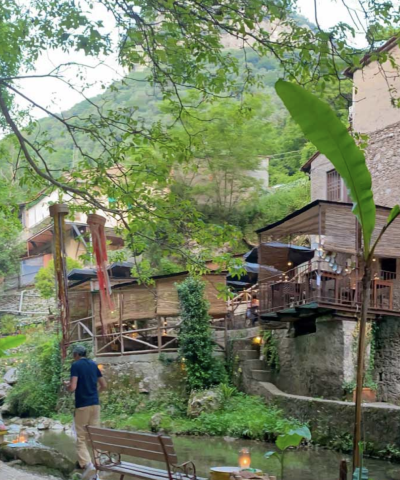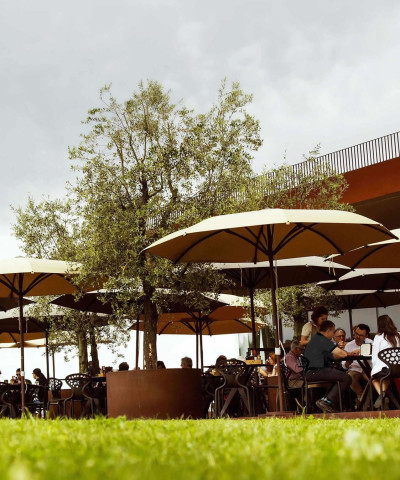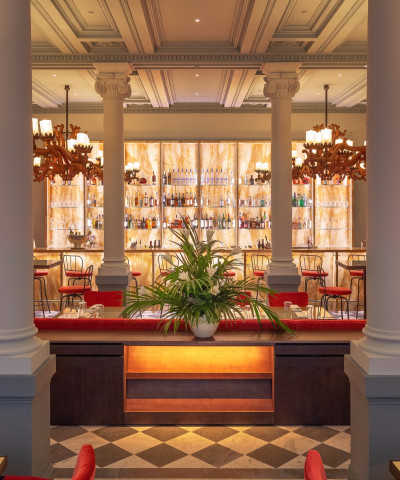The Florentine Historic Football
The final between the Reds and the Azzurri will be played on Saturday 24 June
It is fifty minutes of strength, passion, sweat, fatigue and combat, played out in the gaudy liveries of yesteryear, soon to be transformed into fierce naked torsos struggling with tenacity and fury on a thick carpet of sand that cushions the blows of the falls but at the same time makes the movements heavy.
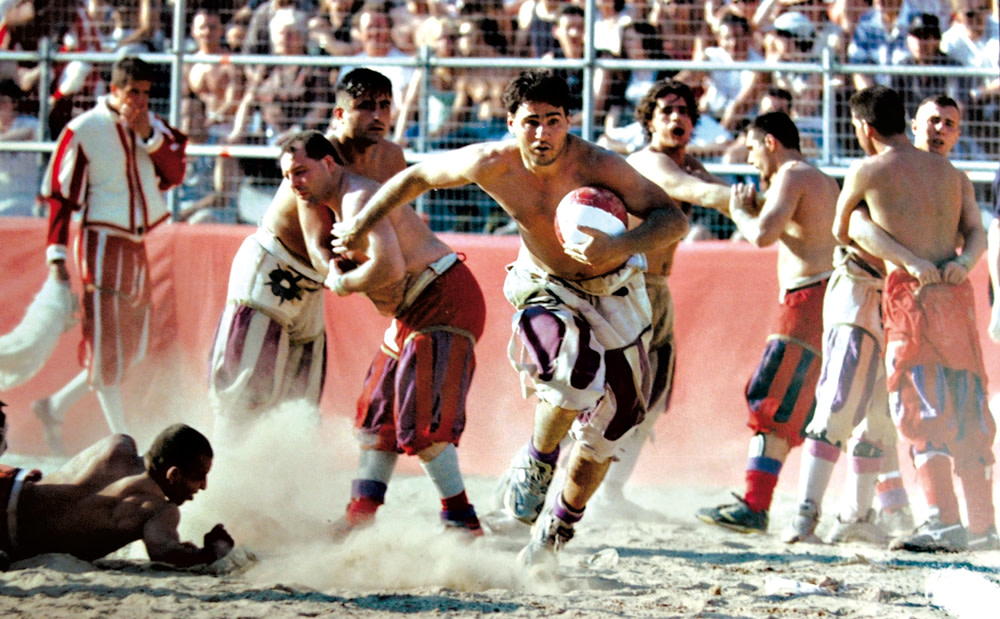 calcio storico fiorentino
calcio storico fiorentinoThe final of the tournament, between the Reds and the Azzurri, is played on Saturday 24 June for the traditional Patron Saint John's Day. As was the case for the two semi-finals, the final is preceded by the historical parade. Weight thrower Leonardo Fabbri takes on the role of the Magnifico Messere.
This year there are some novelties in the Historical Procession of the Florentine Republic. One part of the procession takes the traditional route from Santa Maria Novella to Palazzo Vecchio and then to Piazza Santa Croce, while another procession with the figurants of the teams takes a different route through the lungarni. The division of the procession into two routes, which is linked to the historicity of this tradition, is meant to recall when the Calcio Storico was played in Piazza della Signoria.
The procession starts from Piazza Santa Maria Novella and splits at Via Tornabuoni - Piazza Strozzi. The first part of the procession goes through Piazza Strozzi, Piazza della Repubblica, Via Calzaiuoli and arrives in Piazza della Signoria. The other part of the procession, with all the kickers, goes all the way along via Tornabuoni, along the Lungarno Acciaiuoli, the Ponte Vecchio and back along the Lungarno Maria Luisa de' Medici to the entrance of the Uffizi. The two processions will meet in Piazza della Signoria. Corso Tintori will be completely blocked off.
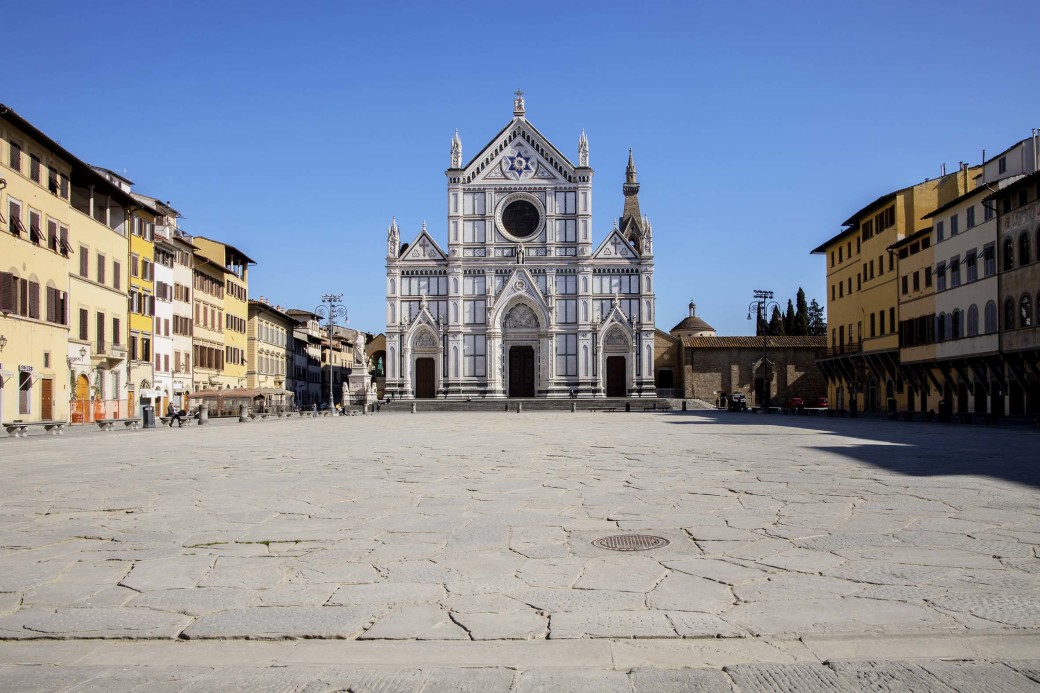 Pizza Santa Croce nei giorni del lockdown dovuti all'emergenza Coronavirus
Pizza Santa Croce nei giorni del lockdown dovuti all'emergenza CoronavirusThe post is the 'hunt', as they say, for the ball that ends up in the opponent's goal. Dante does not mention this, a sign that in his time the tournament was not played, since his work is also a formidable encyclopaedia of the time. But it is known that already in the second half of the 15th century, young Florentines played football in the squares and streets, decked out in their colourful liveries.
Gradually, the most important squares of the city were used, from Piazza Santo Spirito to Santa Maria Novella to Santa Croce. And historical football began to be one of the entertainments used especially during the carnival period or on special occasions. It was immediately a tough game in which young noblemen competed to make a good impression in front of noblewomen. It was, however, in Santa Croce, where the tournament still takes place today, that the memorable game was played, the first one of which there is real official record, and which went down in history as the start of the tradition.
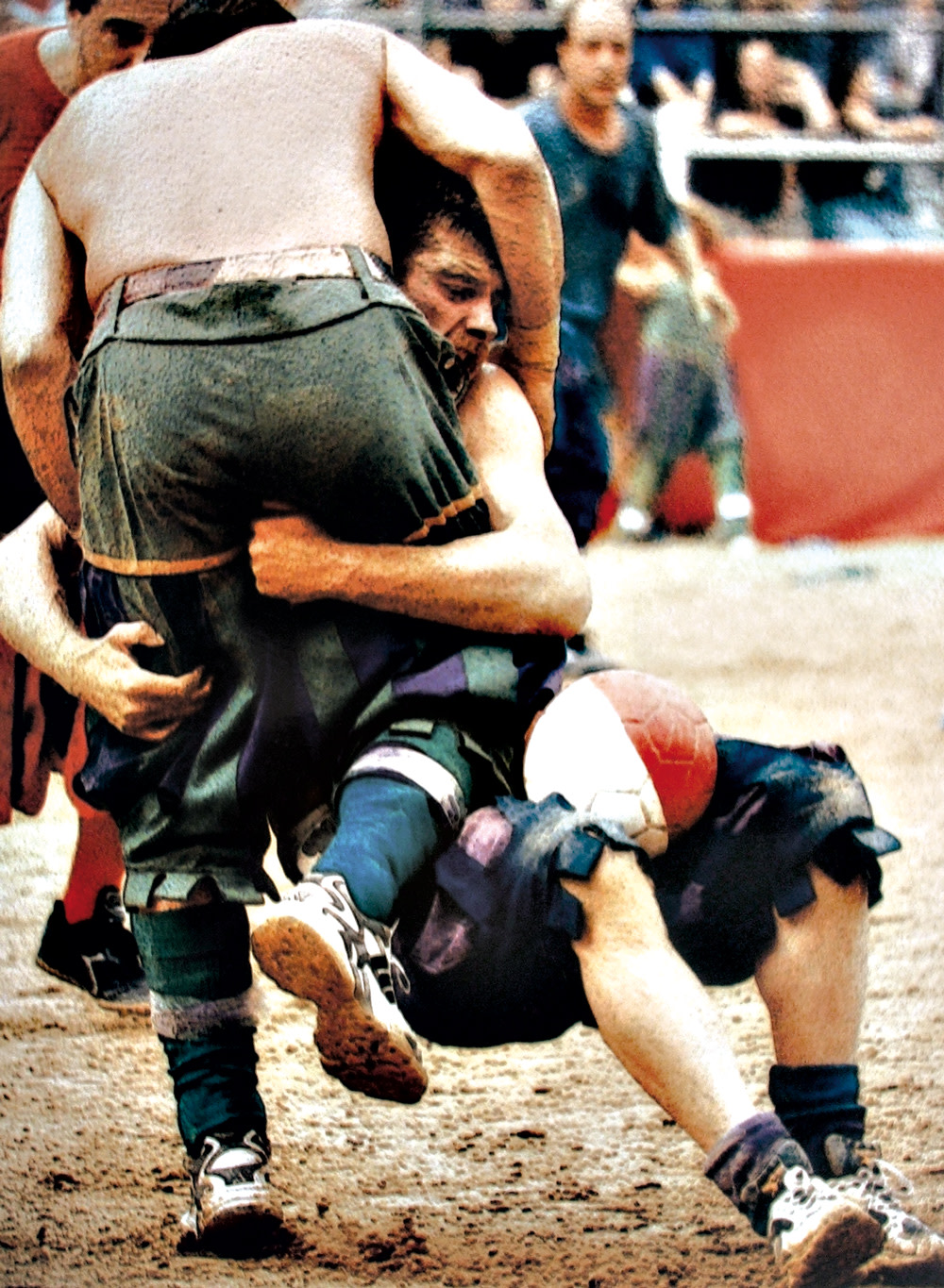 L'intensità del Calcio Storico Fiorentino
L'intensità del Calcio Storico FiorentinoOn the rectangular field divided into two perfect squares, the two teams of 27 kickers on each side start competing for the ball after the firing of the culverins and in honour of the magnificent messenger watching from the stands.
Shots of almost any kind are allowed and the referee-judge, aided by his six linesmen, directs the match not without effort. The kickers must overcome the opponent's barrier and send the ball into the net that occupies the entire width of the field. An error costs the other team a point.
Each point is a hunt and every two half-hunts the players change field. The winning team is awarded a white heifer, which used to be slaughtered and is now symbolic, plus the 'cencio', as the painting by a Florentine painter is called.
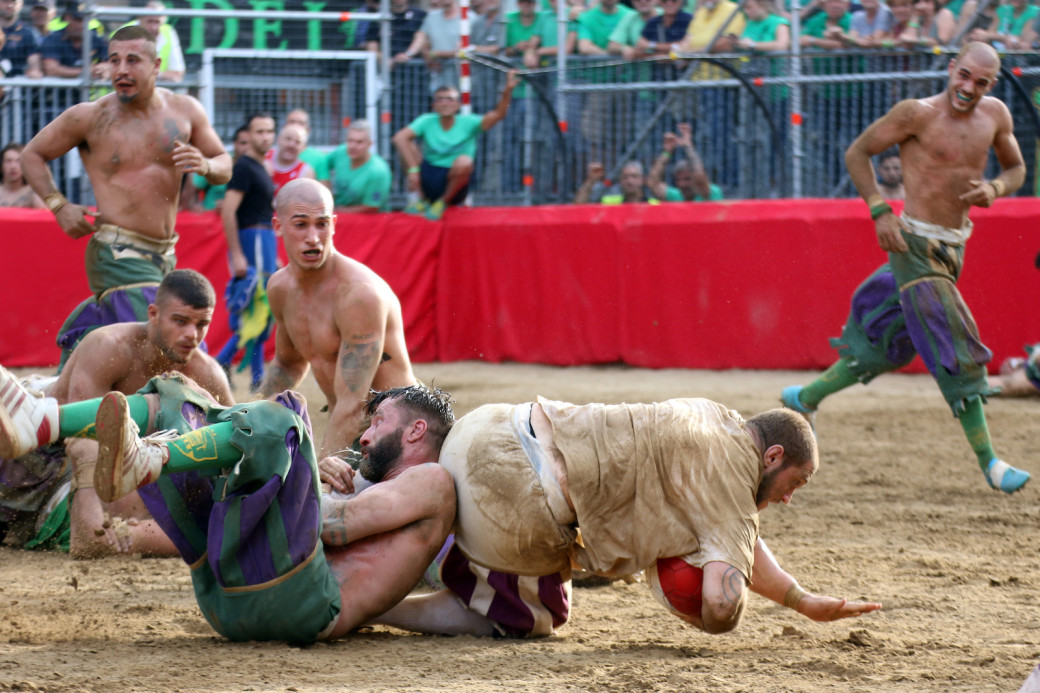 Calcio storico Firenze
Calcio storico FirenzeEach team is marked by a colour, at the beginning there were two, but soon they became four and there are still many: the Whites of Santo Spirito, the Reds of Santa Maria Novella, the Greens of San Giovanni and the Blues of Santa Croce.
Also this year, live TV has been confirmed, to watch the historic Florentine football on the small screen: all the matches (semifinals and finals) will be broadcast free to air by Toscana Tv (channel 18 of the digital terrestrial).
As far as web streaming of historic Florentine football is concerned, there is official confirmation of the arrival of the 2022 edition of the tournament on Dazn.






